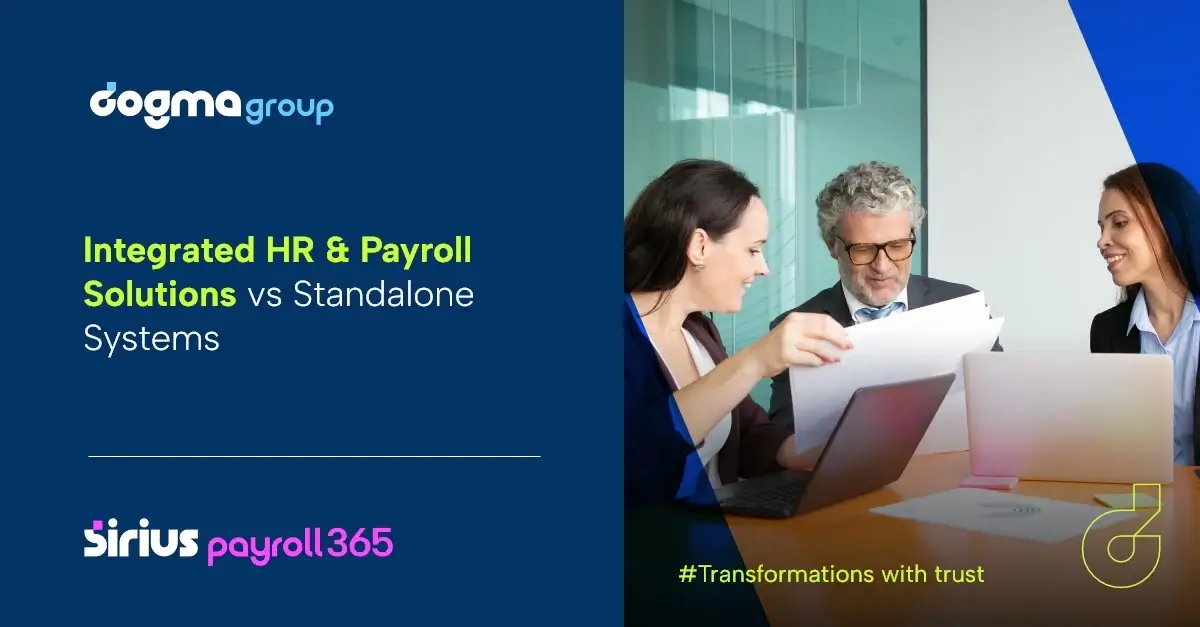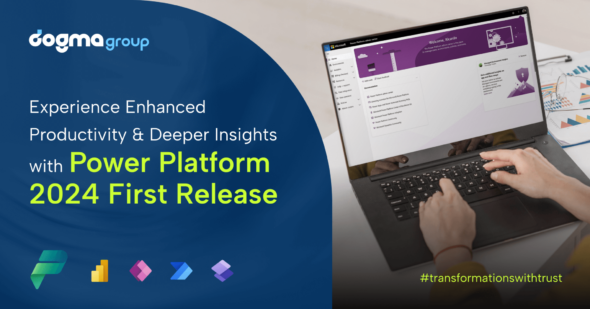While integrated HR and payroll solutions combine HR and payroll processes into a single platform, standalone systems remain unconsolidated and function in silos. That is one of the key reasons why integrated HR and payroll systems trump standalone ones.
But before we further explain why integrated HR and payroll systems are better than standalone solutions, let us ask you:
- Are you fed up with the hassle of juggling multiple separate systems for HR and payroll?
- Do you find it tough to scale with those disparate solutions?
- Have you been spending a fortune on maintenance or integration costs?
Ditch the data duplication, inaccuracies, and inefficiencies with an integrated HR and payroll solution. Break down data silos, automate manual workflows, and ensure data security.
Learn how consolidating your HR and payroll processes in one unified system can make a real impact on your business and its bottom line. And why an integrated system for HR and payroll is a perfect solution for CEOs, HR Managers, and department heads looking to streamline their operations.
Reasons why integrated HR and payroll solutions are better than stand-alone systems
1. Flexibility and scalability
Stand-alone systems typically fail to grow with evolving business needs and departmental roles. Often, organisations encounter functional constraints with standalone HR and payroll systems due to their limited capabilities, mainly when performing activities beyond their core functionalities. That limits their scalability and forces businesses to deploy two separate systems.
Integrated systems, on the contrary, come with a modular architecture that allows for flexible and cost-efficient addition or reduction of features, user licenses, and integrations.
2. Integration, connectivity, and transparency
Integrated HR and payroll systems offer more integrations with other business systems at less effort and cost. These solutions are cloud-based and, thus, can effortlessly support custom APIs and out-of-the-box apps for easy cross-system connectivity.
Since standalone systems lack integration capabilities, they often require manual data entries that are time-consuming and cost-intensive.
3. Data integrity, precision, and security
Integrated systems are designed to consolidate data in a central cloud location, unlike standalone systems. This means data within isolated systems mostly remain siloed and require time-consuming manual intervention for data connectivity, resulting in duplications, losses and errors.
On the contrary, integrated HR and payroll solutions offer greater accuracy with fewer errors and inconsistencies, real-time role-based accessibility, and better data security against disasters and thefts.
4. Cost reduction through automation
Due to its connectivity and unified data, integrated HR and payroll systems can automate and streamline a large chunk of manual processes. This includes sharing employee data, tracking performance and the amount payable, capturing employee timesheets and leave data, managing payables calculations, and employee benefits.
Besides that, businesses do not have to adopt and maintain too many standalone systems if they opt for an integrated solution. It enables them to save on implementation, licensing, and maintenance costs.
5. Enhanced compliance
Integrated HR and payroll systems can easily connect with internal and external databases, systems, and portals to pull in legal employee data like pay rates, benefits, leaves, and holidays. They can, thus, ensure compliance with legal and regulatory requirements by automatically updating and applying the appropriate taxes, deductions and other compliance-related information.
This makes compliance processes easier with automatic updates and less manual monitoring. As a result, businesses can better focus on gaining strategic advantage instead of actively trying to comply with the ever-changing business regulations.
6. Holistic reporting and analytics
Thanks to unified information and seamless data sharing, integrated HR and payroll systems make it easy to access advanced reporting and analytics capabilities. And everything happens in real-time, so decisions are data-driven and timely. Integrated systems provide a single source of truth for HR and payroll, ensuring not only accuracy and accessibility but also end-to-end visibility into employee data.
Businesses can leverage cross-system connectivity to gain end-to-end visibility into employee data and operations to stay in perfect control of their finances and payroll expenses. This is rarely possible with standalone systems that have limited reporting functions and require manual work to sync data.






